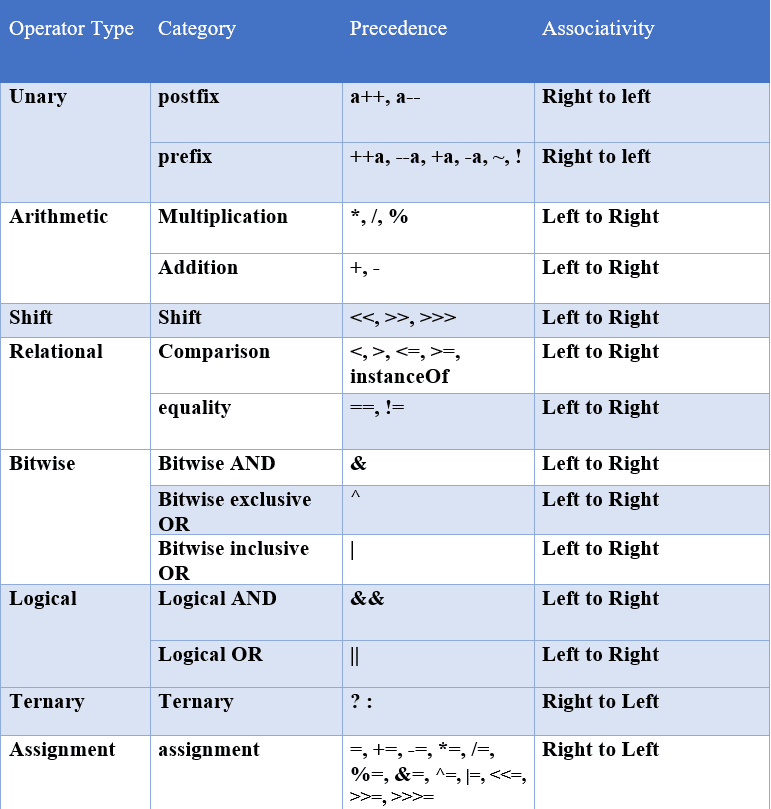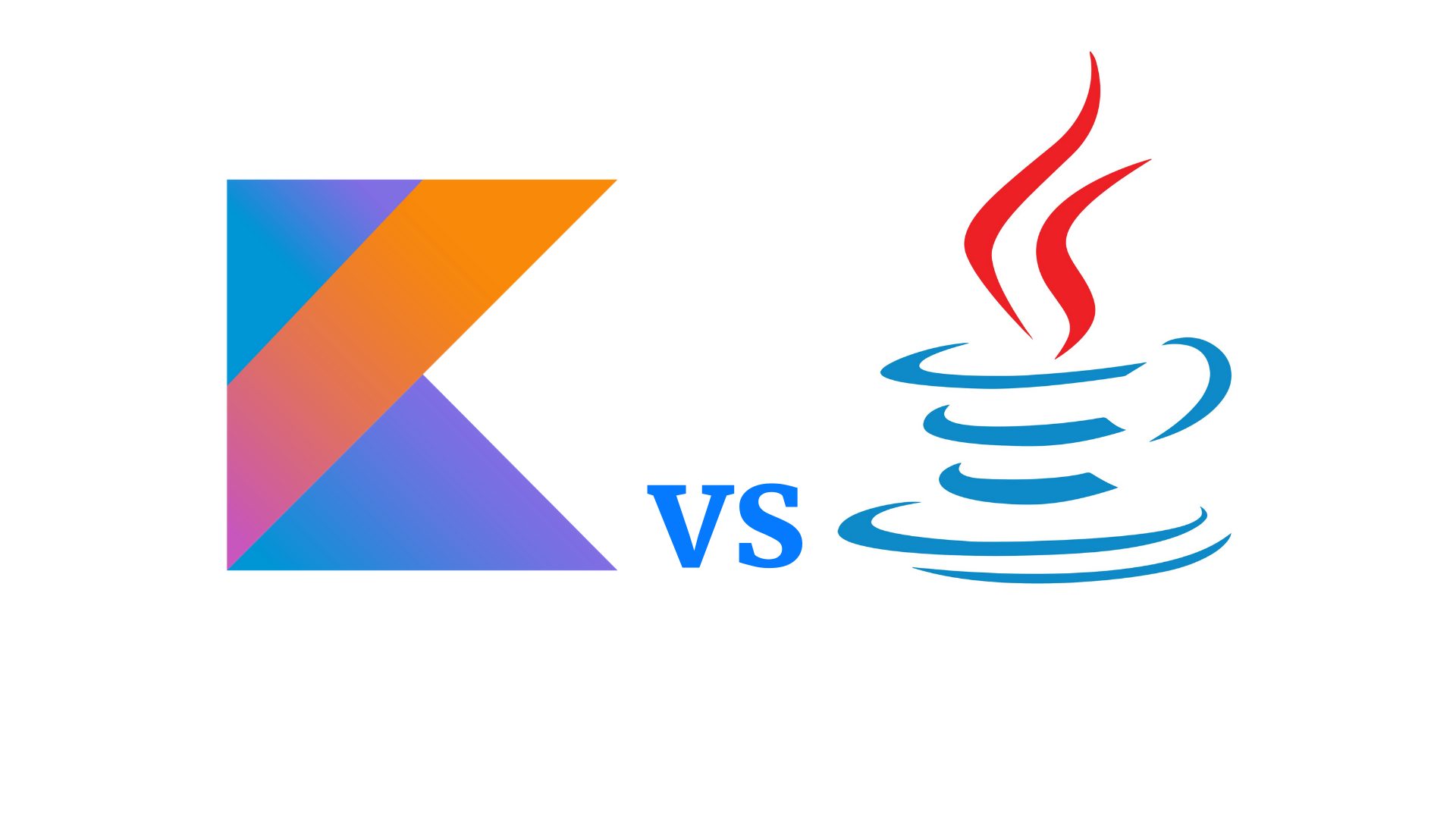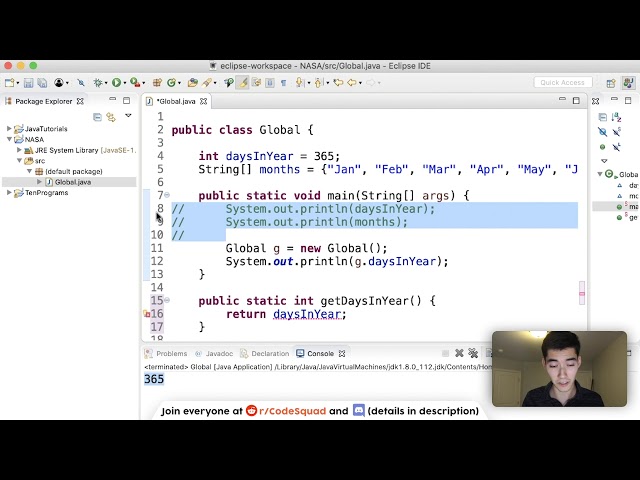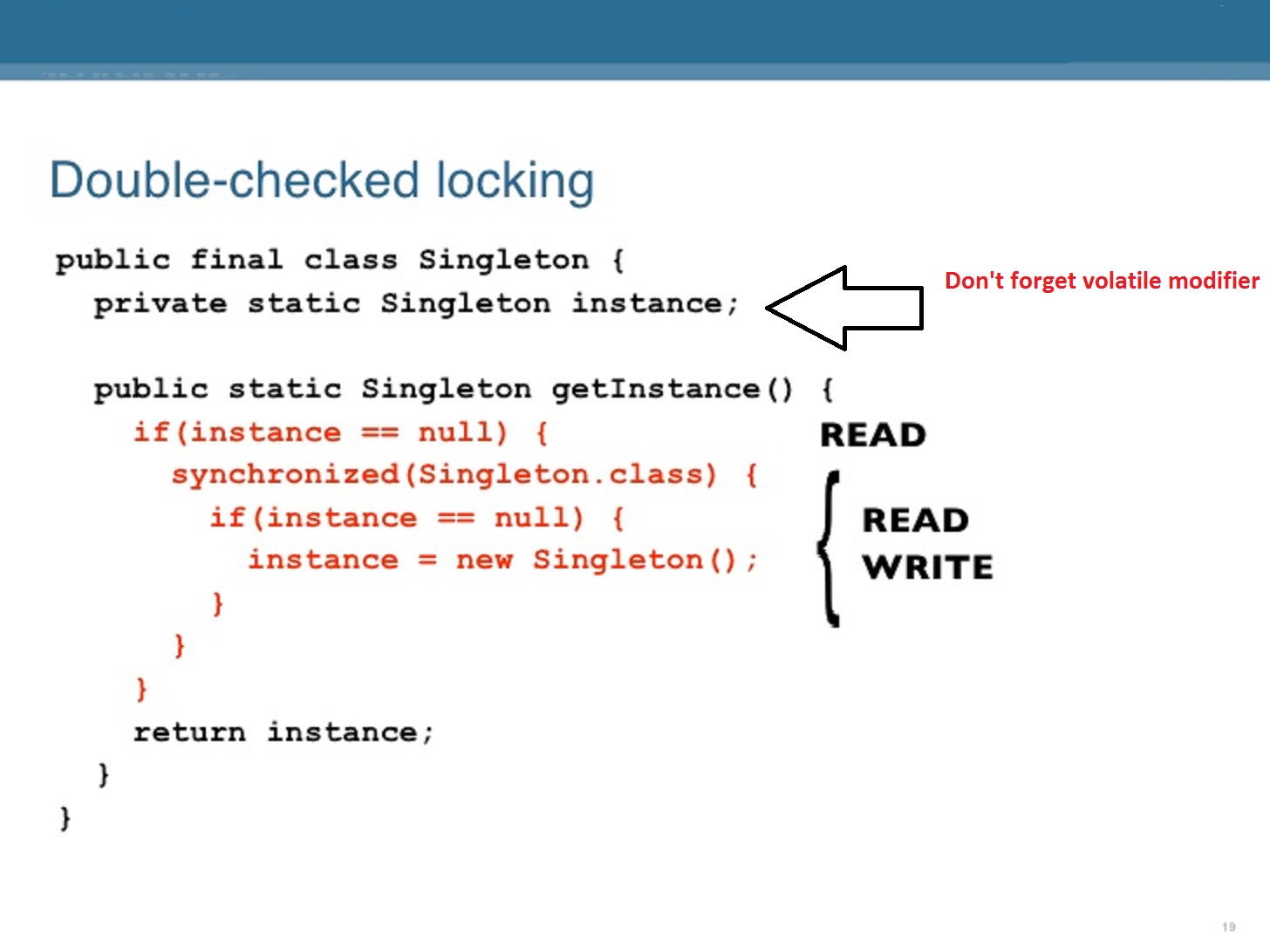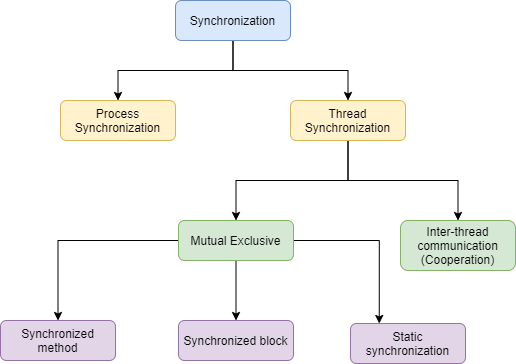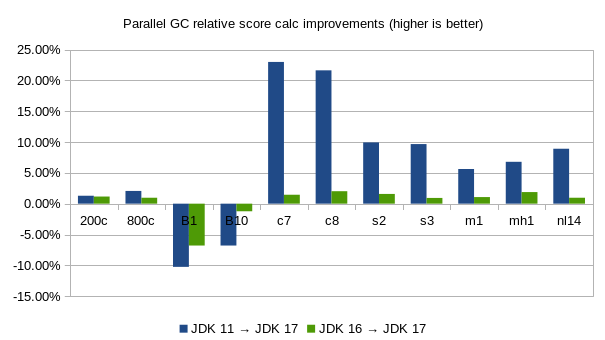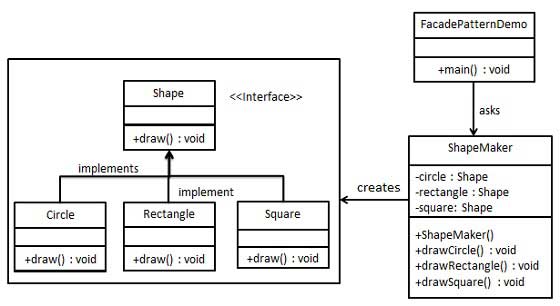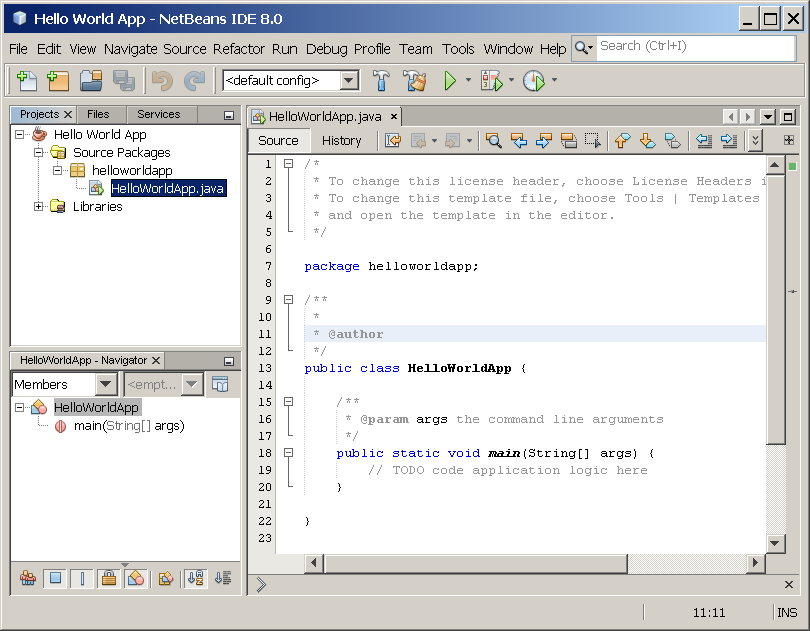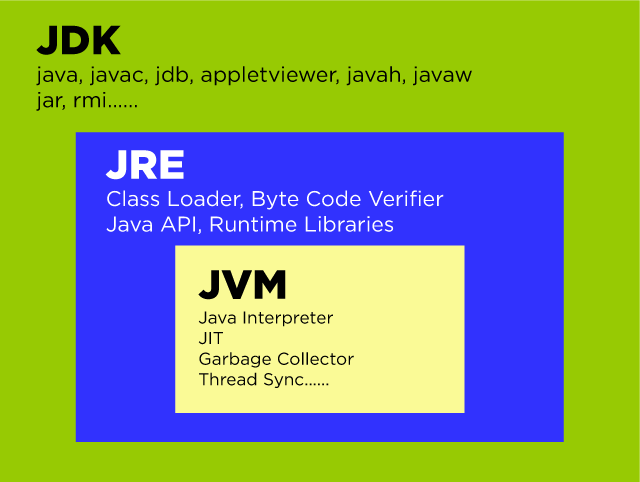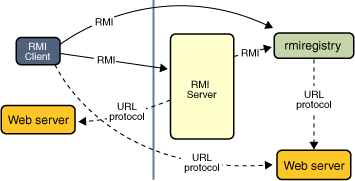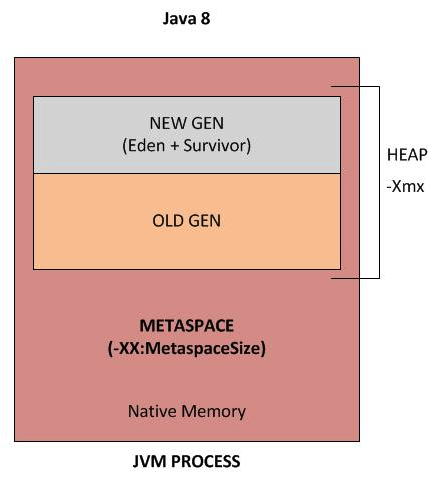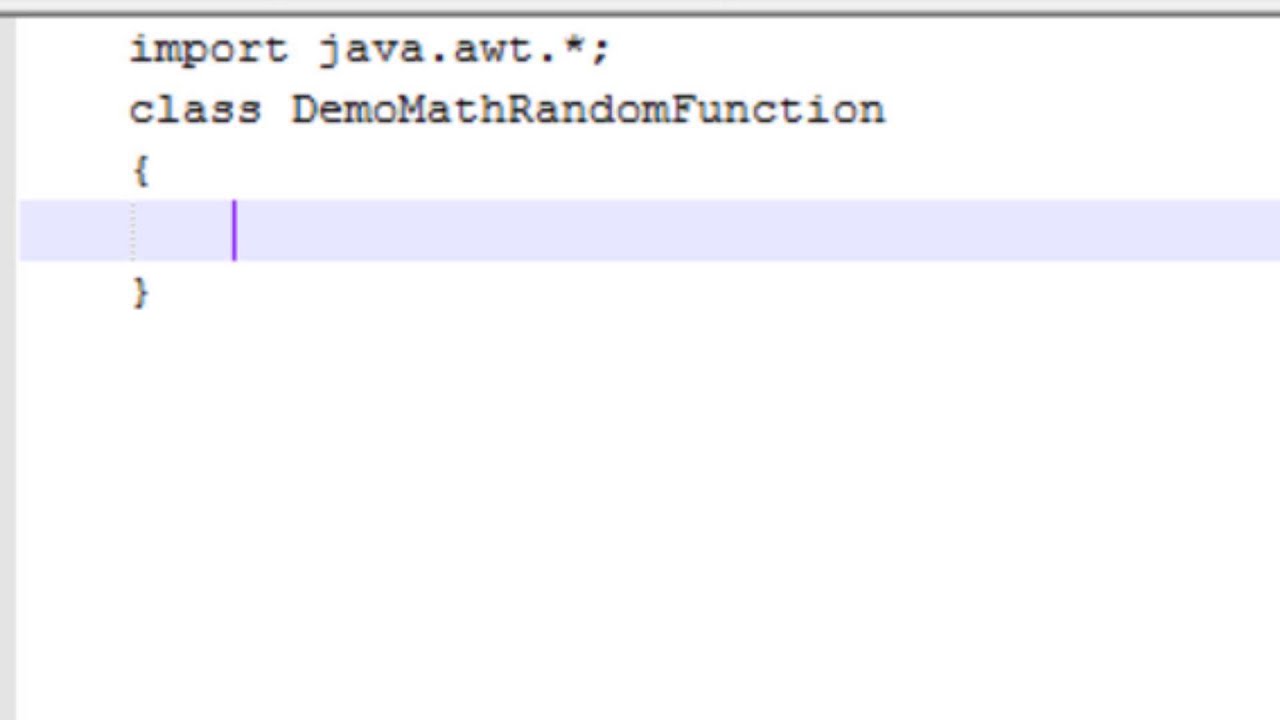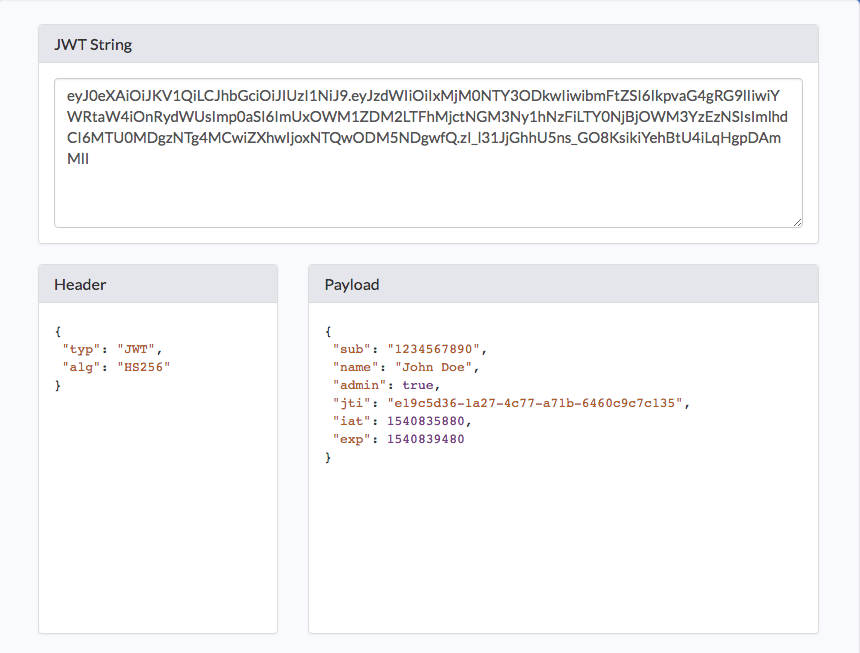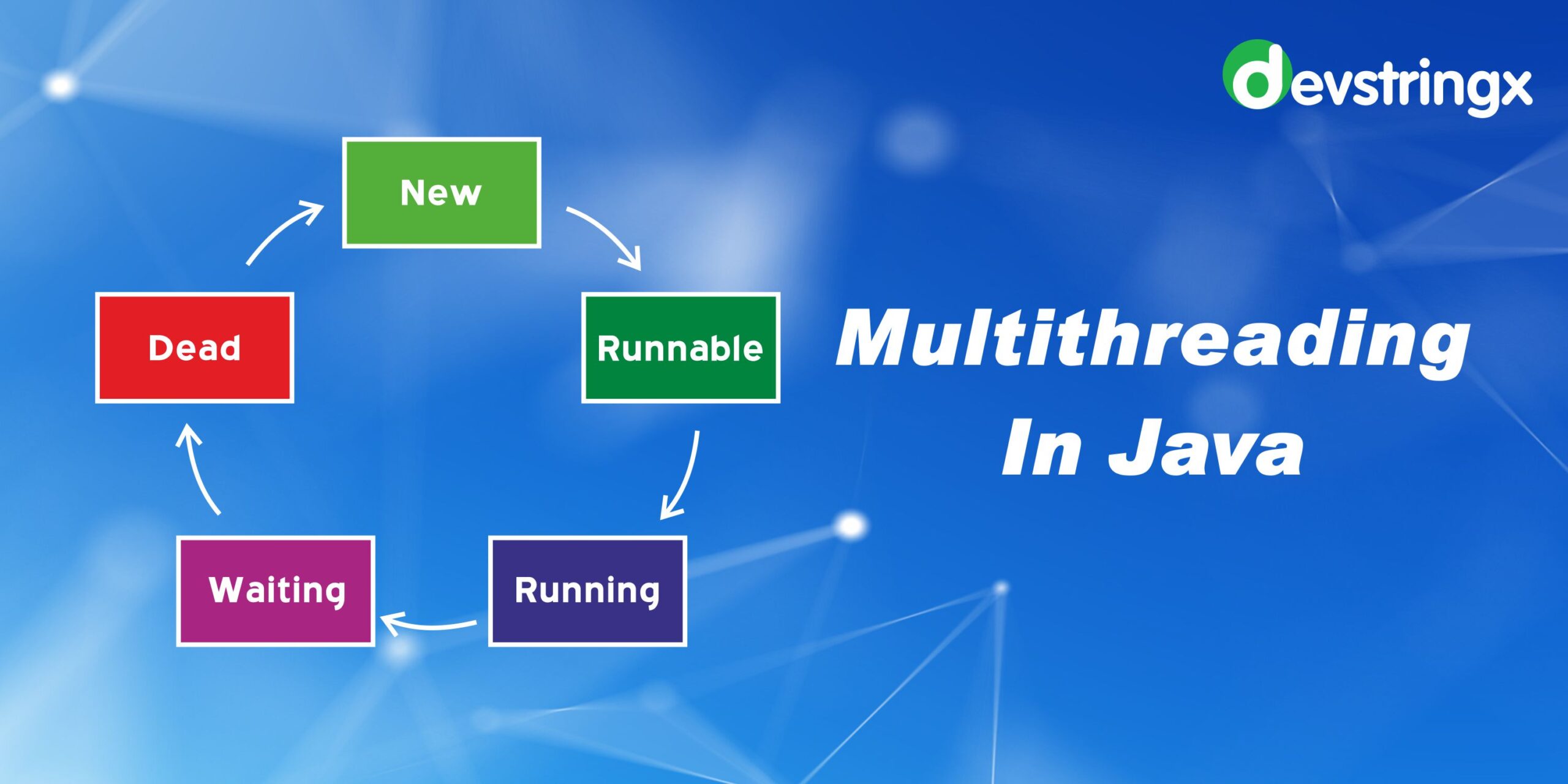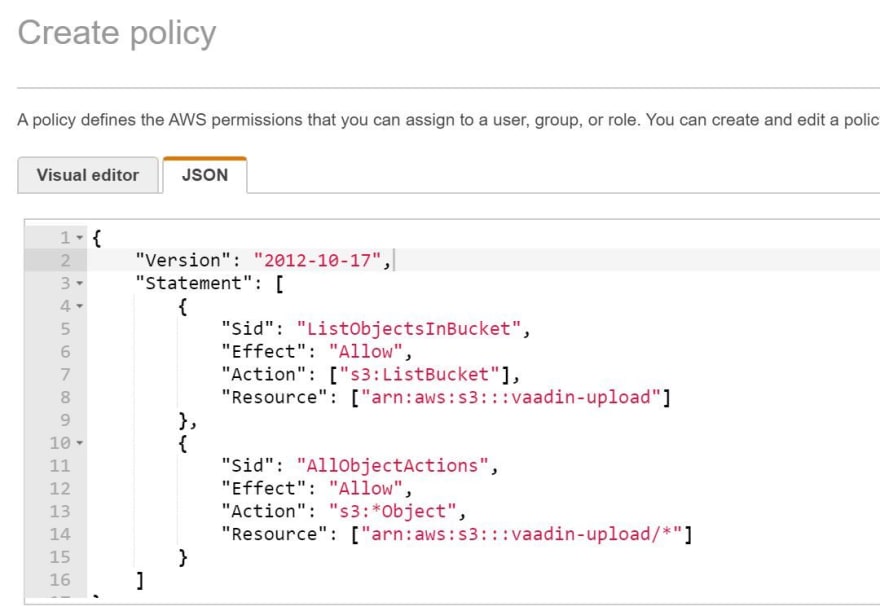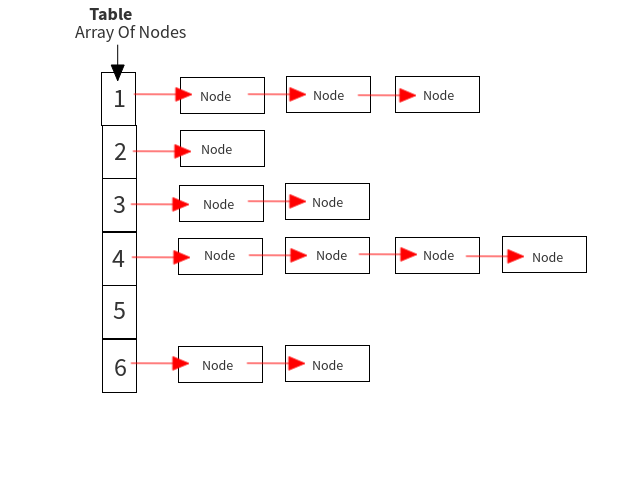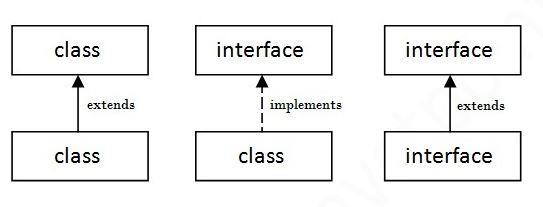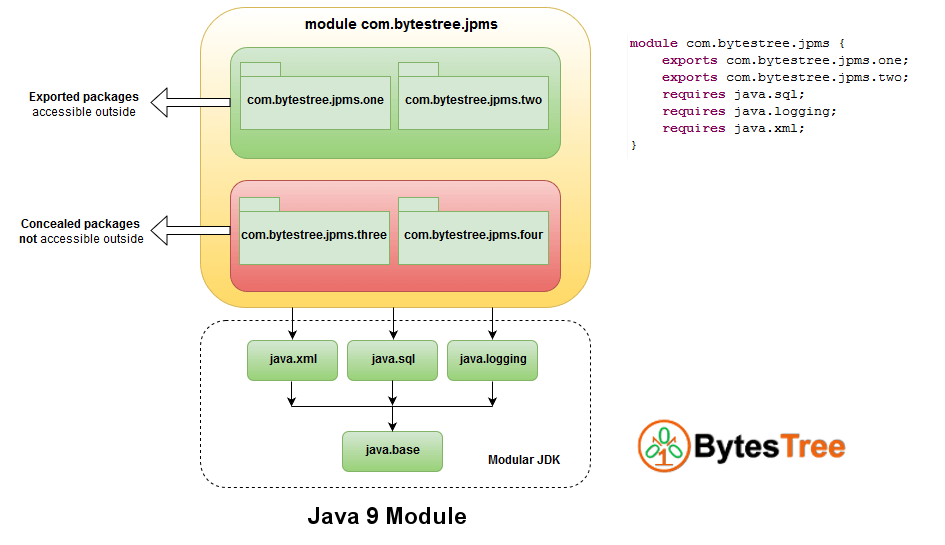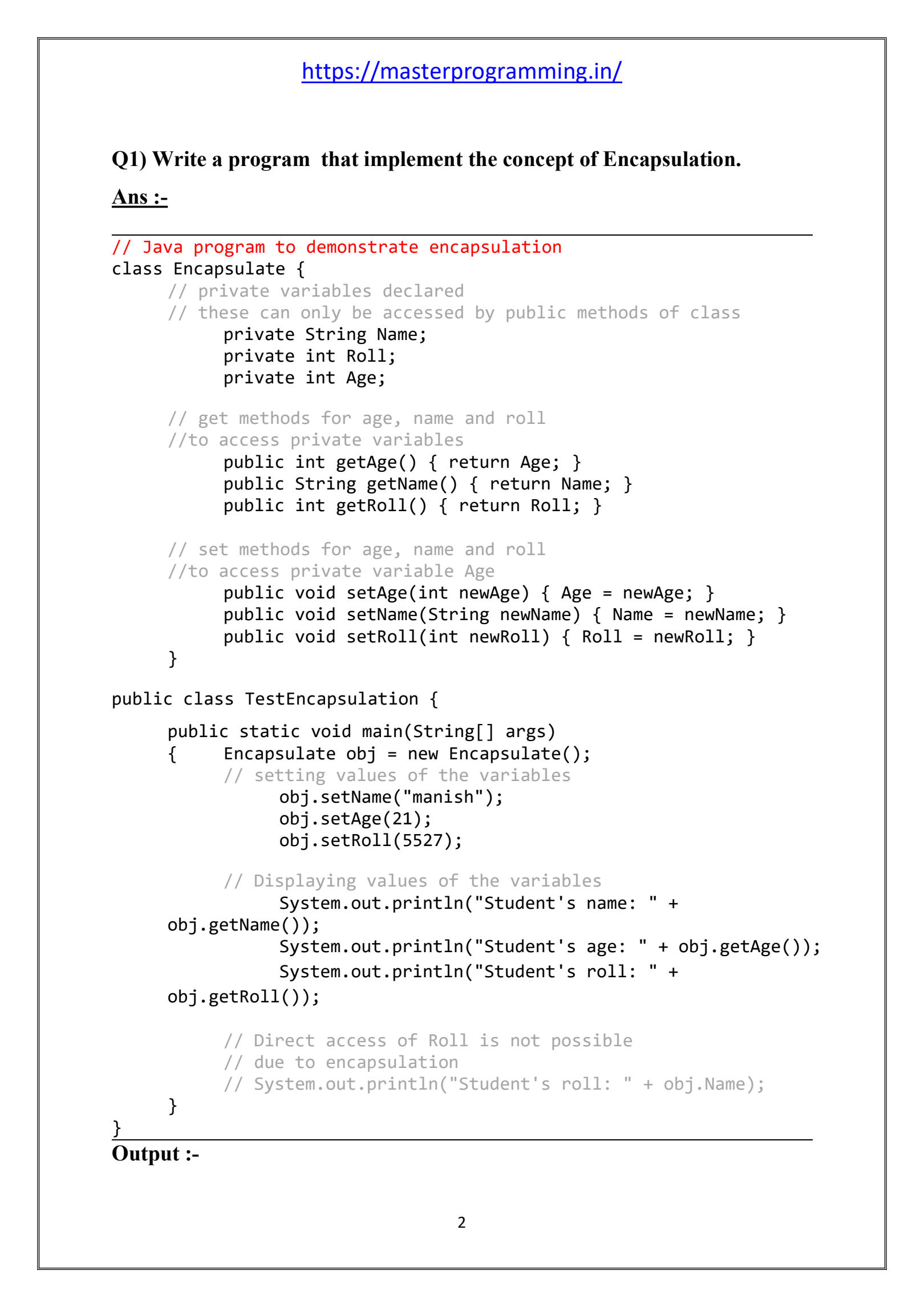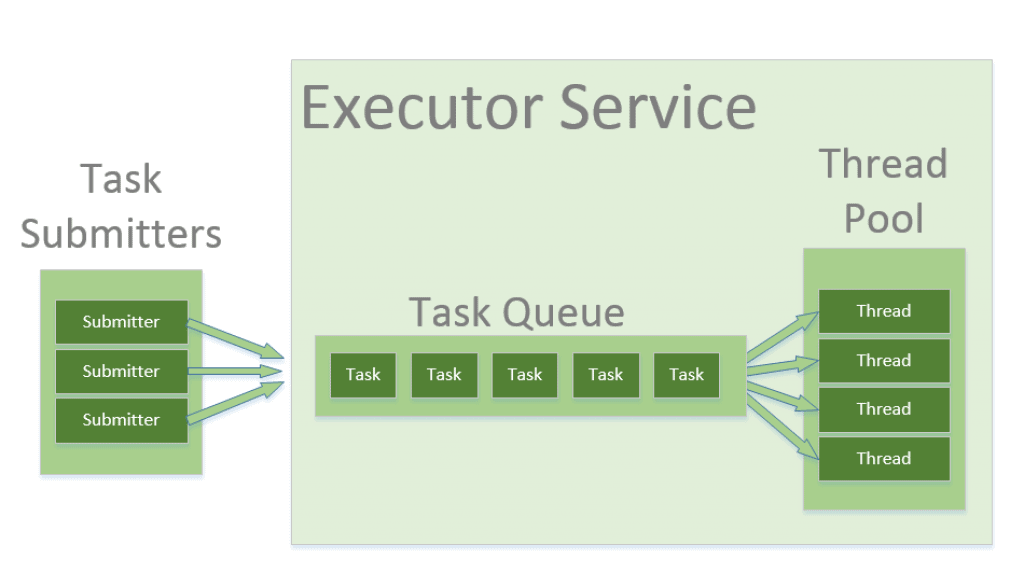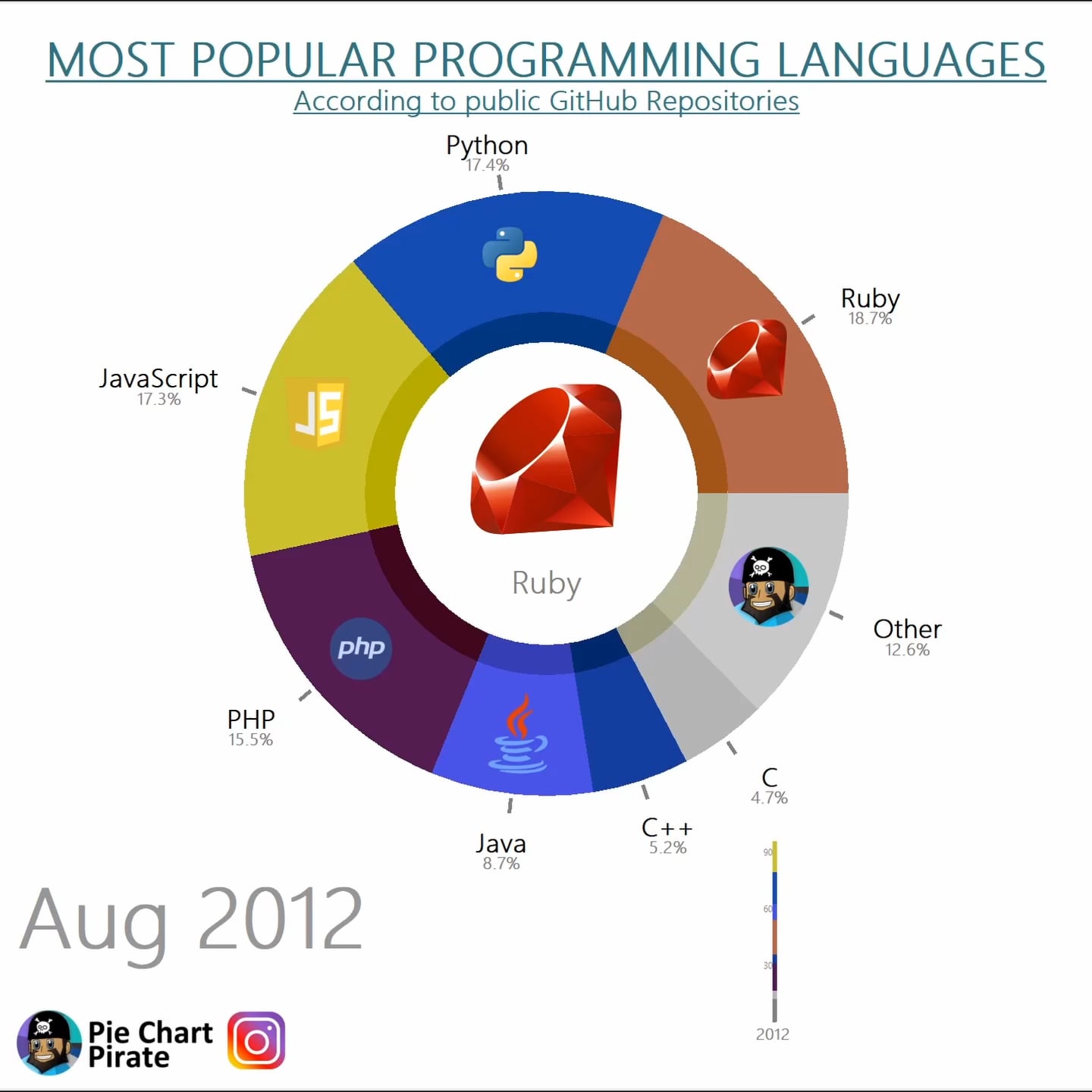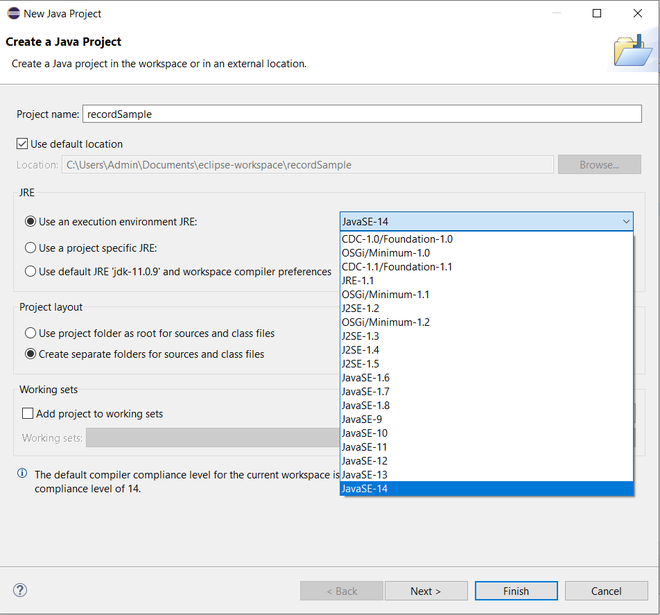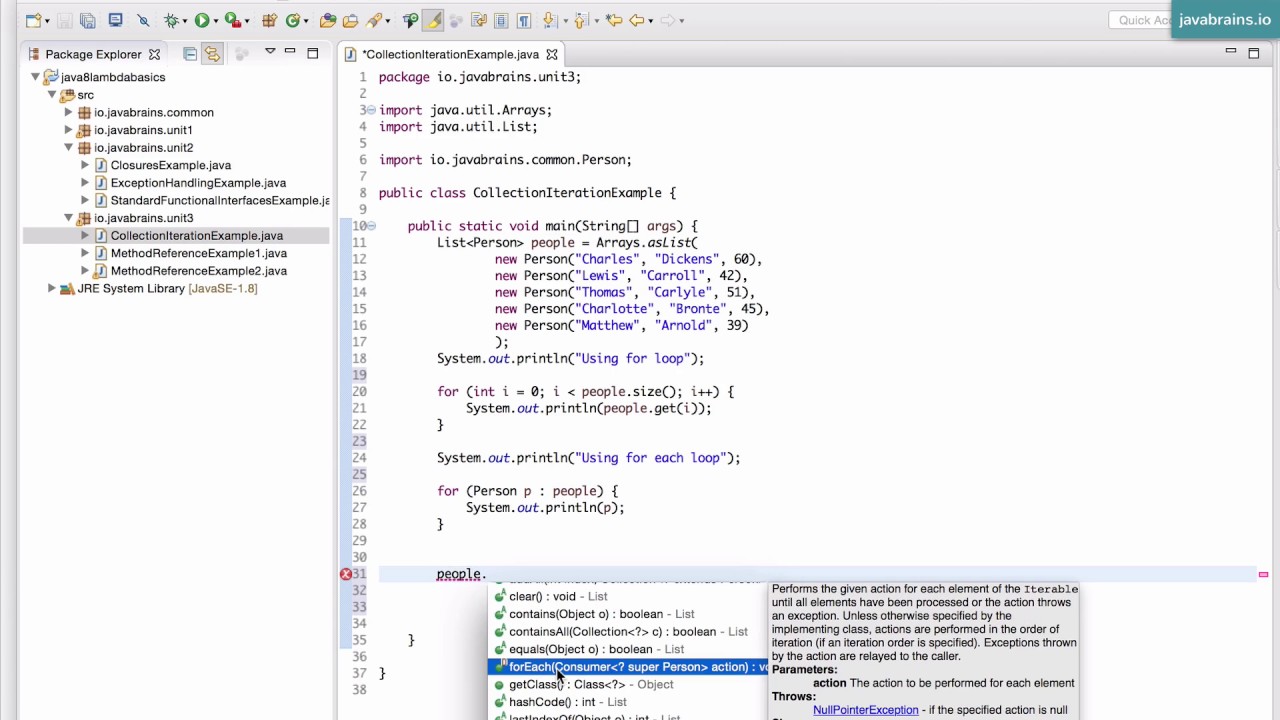What is the difference between primitive data types and reference data types in Java?
What is the difference between primitive data types and reference data types in Java?
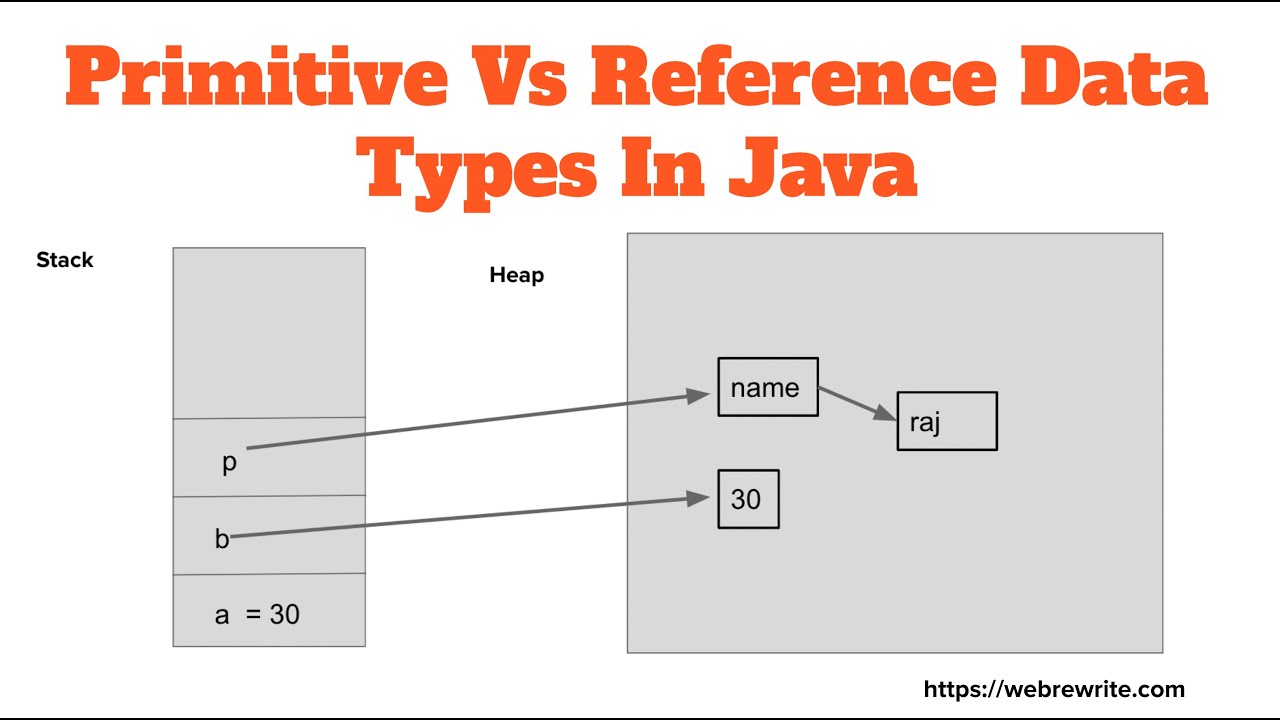
I'd be happy to explain the difference between primitive data types and reference data types in Java!
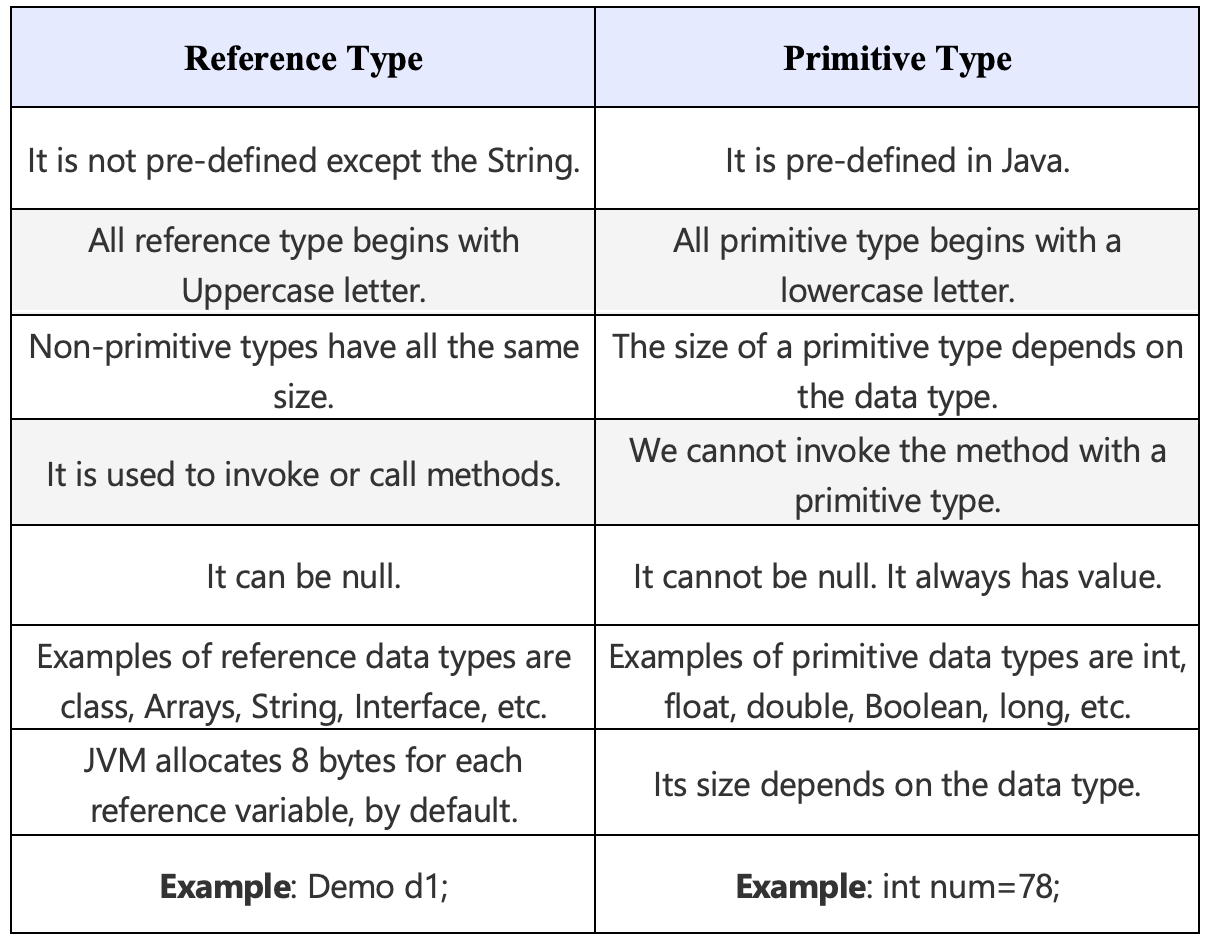
Primitive Data Types:
In Java, primitive data types are the basic building blocks of any programming language. They are also known as scalar types or built-in types. Primitive data types are defined by the Java Language Specification (JLS) and cannot be modified by the programmer.
The following are the eight primitive data types in Java:
byte: An 8-bit signed integer, ranging from -128 to 127. short: A 16-bit signed integer, ranging from -32768 to 32767. int: A 32-bit signed integer, ranging from -2147483648 to 2147483647. long: A 64-bit signed integer, ranging from -9223372036854775808 to 9223372036854775807. float: A single-precision floating-point number, with a range of approximately 1.4E-45 to 3.4E38. double: A double-precision floating-point number, with a range of approximately 4.9E-324 to 1.8E308. boolean: A logical value that can be either true or false. char: A single character, represented by a Unicode code point.
Primitive data types are stored in memory as single units and are passed around the program by copying their values directly. This means that changes made to primitive variables do not affect other parts of the program.
Reference Data Types:
On the other hand, reference data types, also known as object types or wrapper classes, are used to represent complex data structures, such as arrays, lists, sets, and maps. These types are represented by objects in memory and are passed around the program by referencing their values indirectly.
The following are some examples of reference data types in Java:
String: A sequence of characters. Array: A collection of elements of a specific type. ArrayList: A resizable array-based list implementation. HashMap: A hash-based map implementation that allows you to store and retrieve objects using keys.
Reference data types are stored in memory as pointers (or references) to the actual objects, which can be located anywhere in memory. This means that changes made to reference variables affect all parts of the program that reference the same object.
Key Differences:
In summary, the main differences between primitive data types and reference data types in Java are:
Storage: Primitive data types are stored as single units in memory, while reference data types are stored as pointers (or references) to objects. Pass-by-value vs. Pass-by-reference: Primitive data types are passed around the program by copying their values directly, while reference data types are passed by referencing their values indirectly. Assignment: Changes made to primitive variables do not affect other parts of the program, while changes made to reference variables affect all parts of the program that reference the same object.In conclusion, understanding the difference between primitive data types and reference data types is crucial for building robust, efficient, and effective Java programs. By mastering these fundamental concepts, you'll be well-equipped to tackle complex programming challenges!
Difference between primitive and non primitive data types in java example
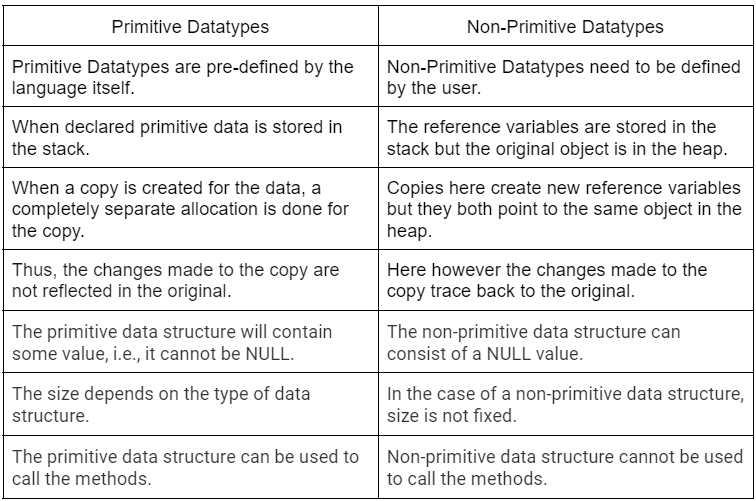
I'll make sure to respond in English as per your request.
In Java programming, data types can be broadly classified into two categories: Primitive Data Types and Non-Primitive Data Types. The main difference between the two lies in their internal representation and the operations that can be performed on them.
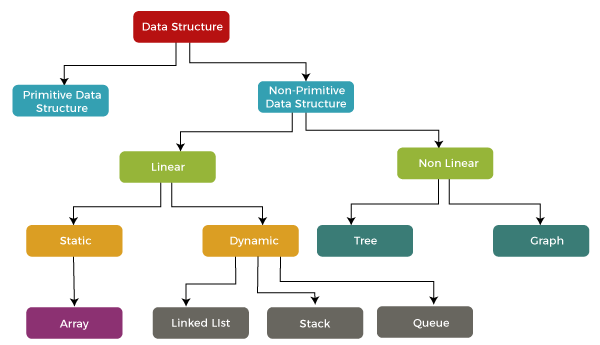
Primitive Data Types
Primitive data types are the basic building blocks of any programming language. They are predefined by the language and have a fixed size. In Java, there are eight primitive data types:
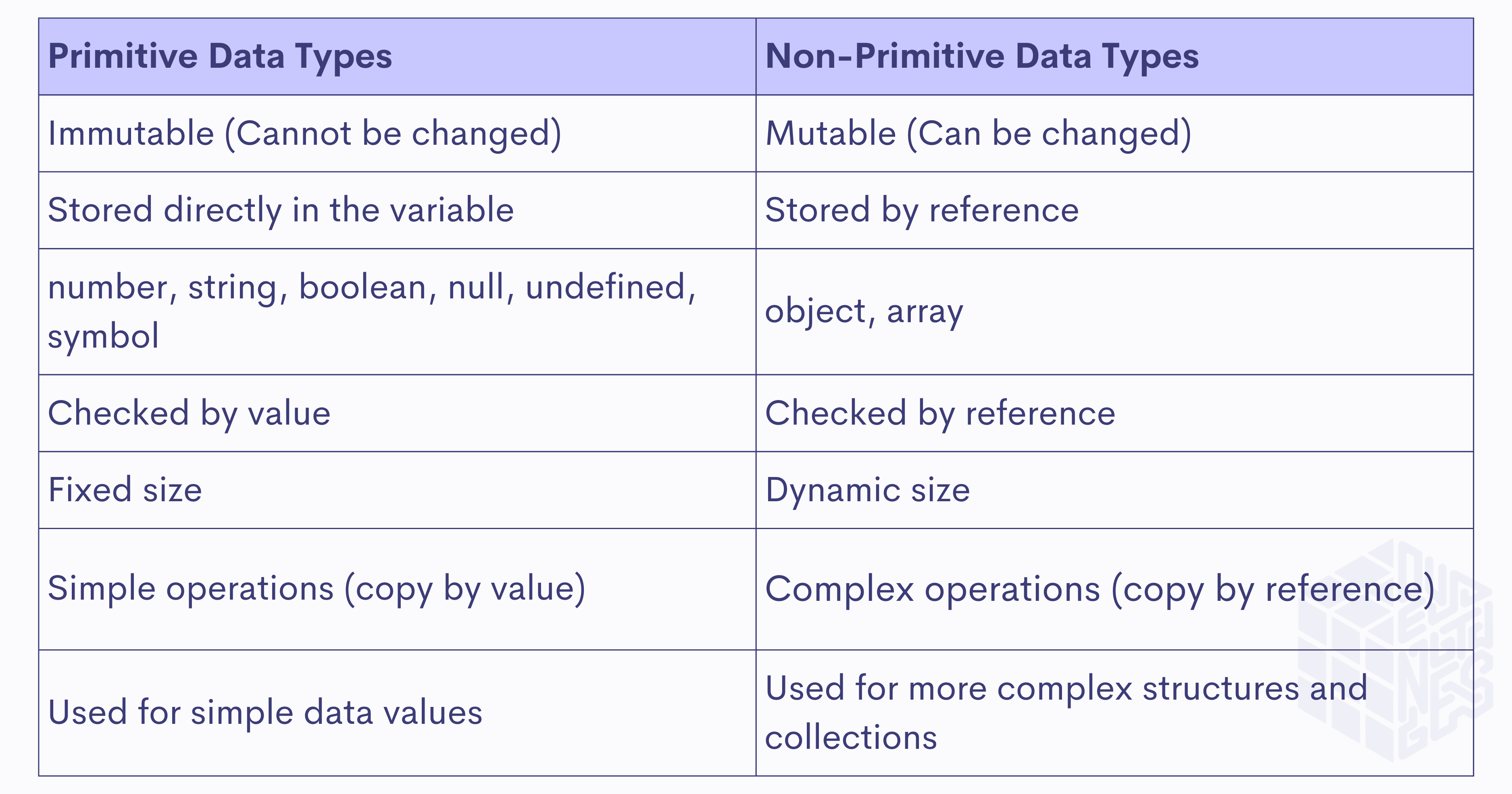
boolean: Represents true or false values. byte: An 8-bit signed integer that can hold values from -128 to 127. char: A single character in Unicode. short: A 16-bit signed integer that can hold values from -32,768 to 32,767. int: A 32-bit signed integer that can hold values from -2,147,483,648 to 2,147,483,647. long: A 64-bit signed integer that can hold values from -9,223,372,036,854,775,808 to 9,223,372,036,854,775,807. float: A single-precision floating-point number that can hold values with up to 6 decimal places. double: A double-precision floating-point number that can hold values with up to 15 decimal places.
Here are some key characteristics of primitive data types:
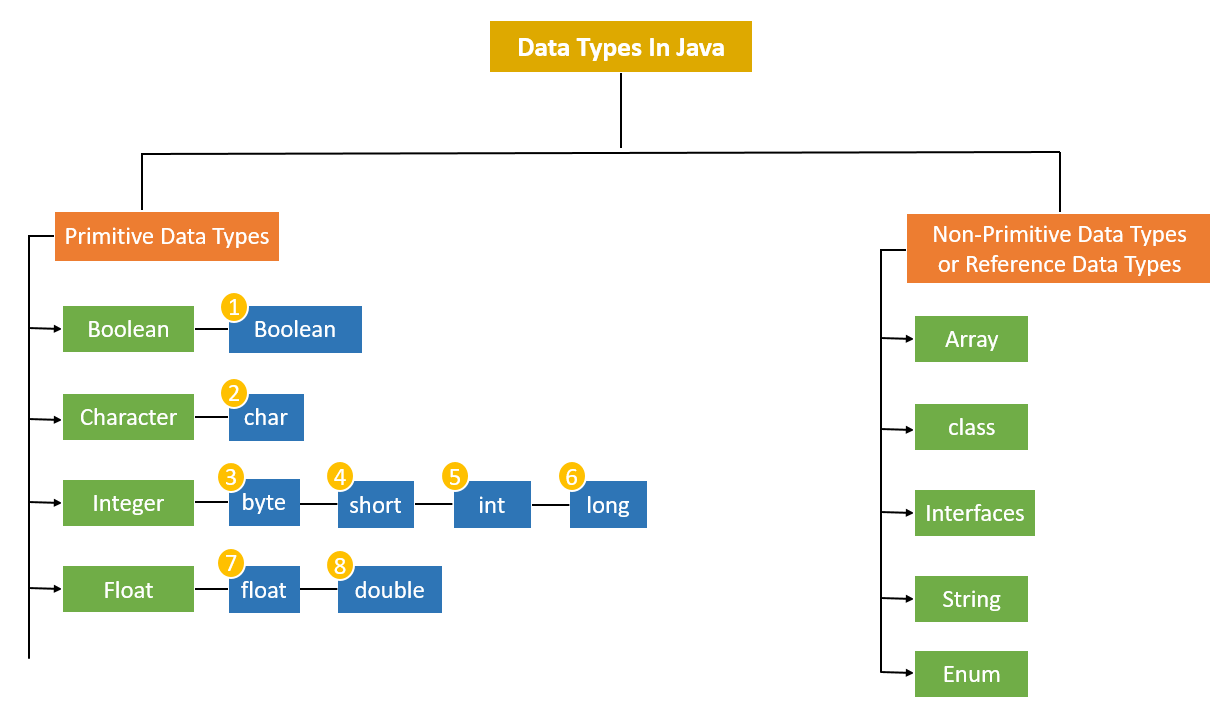
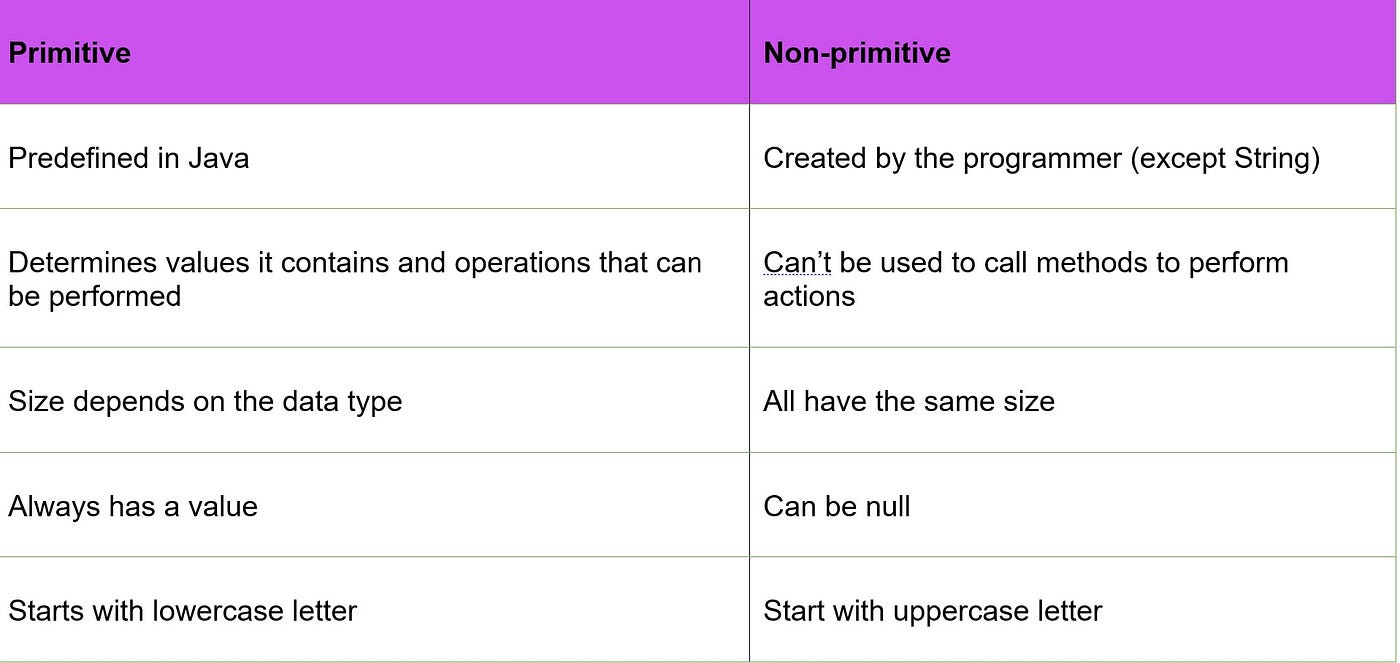
Non-Primitive Data Types
Non-primitive data types, also known as reference or object data types, are more complex and dynamic than primitive data types. In Java, the following are examples of non-primitive data types:
String: A sequence of characters, represented as a character array. Array: A collection of values of the same type, stored in contiguous memory locations. Object: The base class for all objects in Java, providing methods like equals() and toString(). Class: Represents a blueprint or template for creating instances of a specific type.
Here are some key characteristics of non-primitive data types:
They have variable sizes, depending on the number of elements they contain. They can be modified after their creation by assigning new values to them. They can be used as operands in certain operations, such as array indexing and object manipulation.In summary, primitive data types are the basic building blocks of Java programming, with fixed sizes and immutability. Non-primitive data types, on the other hand, are more complex and dynamic, allowing for variable sizes and mutability.
Here is an example that demonstrates the difference between primitive and non-primitive data types:
public class Example {
public static void main(String[] args) {
// Primitive data type examples
byte b = 10;
System.out.println("Primitive byte: " + b);
int i = 20;
System.out.println("Primitive int: " + i);
// Non-primitive data type examples
String s = "Hello, World!";
System.out.println("Non-primitive String: " + s);
Object obj = new Object();
System.out.println("Non-primitive Object: " + obj);
}
}
In this example, we demonstrate the use of primitive data types (byte, int) and non-primitive data types (String, Object). The output will be:
Primitive byte: 10
Primitive int: 20
Non-primitive String: Hello, World!
Non-primitive Object: java.lang.Object@
